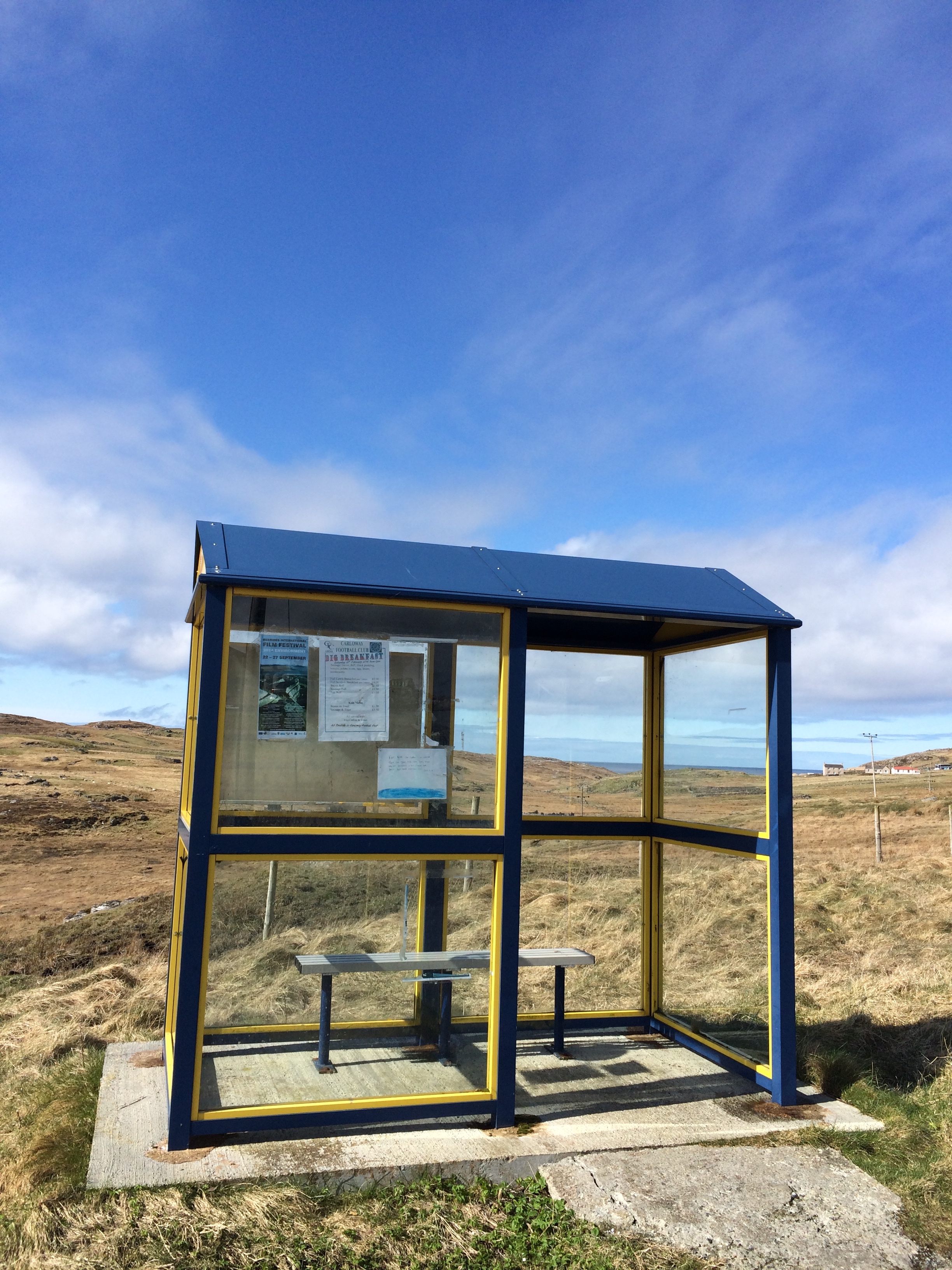Maps, pictures and more stories
/Alzheimer Scotland's Solas Day centre in Stornoway provides a place for people with dementia to meet and socialise. Steve and I were offered the chance to talk about travelling and transport with a group there during our visit earlier this week and we were met with a warm welcome.
This session was a little different - many of those we met haven't used public transport for a while. However, the conversations were still valuable and hopefully an enjoyable experience for the group. It got us thinking about the processes we use and the activities we might develop for future groups. There was a lot of reminiscence happening so we talked about transport that people used to use.
Local bus companies came up a lot and Paula drew a bus as people described it - the colours, the distinctive shape, where people sat. We talked about how people knew which route the bus took because of its colour...
And we talked about the differences today. It's busier and noisier. Somebody mentioned that they are usually driven places these days - it's convenient and comfortable but actually they miss the chat and hearing the news from friends . We've heard this before - there's community on a bus.
We also heard some amazing stories from childhood - of people knitting while walking while carrying creels of peat...
We didn't draw our journeys very much - but there were some lovely pictures of things we'd seen on our travels and great conversations and laughter around the stories they provoked.
We looked at a map together and some of the group enjoyed pointing out where they had come from that day or, indeed, where they had grown up or gone to school. Steve observed how the transport-related pictures we took along really helped to start a discussion or reinforce a point.
Printed pictures are tactile and colourful. Those of us that are leading more digital lives have many, many pictures locked away on laptops and mobile devices but printing them out means that we easily can pass them to each other and share stories around them. We'll be thinking more about how we use these in the future ... or, indeed, how we tap into resources such as the historical society magazine we spotted last time or collections such as 'Lewis & Harris buses in days gone by'...
It was a pleasure to spend some time at the Solas Centre. As ever, having enjoyable conversations with people about their lives and their travelling experiences, now and in the past, can provide new insights, reinforce existing thoughts and spark ideas for us.
As importantly, it feels like a meaningful and enjoyable activity for everyone involved.

















